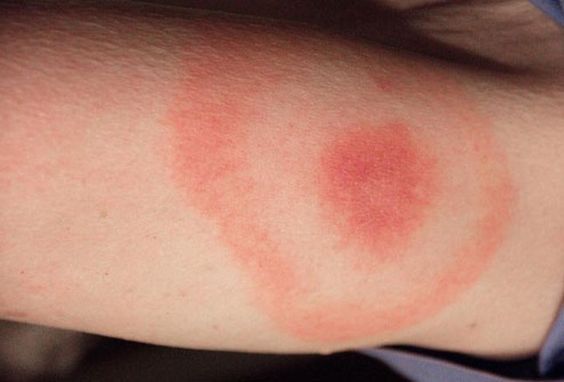When suffering from burns, how to choose the appropriate wound dressing is particularly critical. Hydrocolloid dressings, as a new type of wound care material, are very popular because of their good breathability and moisturizing properties. Hydrocolloid dressings can play different roles in different situations of burns.

What are hydrocolloid dressings?
Hydrocolloid dressing is a new type of wound dressing. It uses hydrocolloids as the matrix and can absorb wound exudate to form a moist environment, which is conducive to wound healing. Compared with traditional gauze dressings, hydrocolloid dressings fit the skin better, are less likely to fall off, and can reduce pain during dressing changes.
Under what circumstances can hydrocolloid dressings be used to treat burns?
1. Mild burns
For mild burns, such as erythema, mild pain, and other symptoms on the skin surface, hydrocolloid dressings are a good choice. It can effectively protect wounds, reduce contamination of wounds by external bacteria, and at the same time provide a moist environment to promote skin regeneration.
2. Burns with unbroken blisters
When burns cause blisters on the skin, many people worry about the blisters bursting and causing infection. At this time, a hydrocolloid dressing can be used to cover the blister, reduce friction and pressure, and reduce the risk of blister rupture. At the same time, the water absorption of hydrocolloid dressings can reduce edema and relieve pain.
3. Parts that require frequent activities
For burns located in areas that require frequent movement, such as joints or fingers, using hydrocolloid dressings can provide better fixation and flexibility. Hydrocolloid dressings are not easy to fall off and can move with the movement of the skin, reducing the number of dressing changes and improving patient comfort.
It is important to note that although hydrocolloid dressings have many advantages in the management of burns, they are not suitable for all situations. For deep burns, wound infections, or larger burns, you need to seek medical treatment promptly and follow the doctor's recommendations for treatment. In addition, for people with allergies, skin testing should be performed before using hydrocolloid dressings to ensure safe use.

We also need to pay attention to the following points when treating burns:
1. Cool down quickly: After a burn occurs, the wound should be flushed with cold water as soon as possible to lower the skin temperature and relieve pain.
2. Keep the wound clean: Before the wound heals, keep the wound clean and dry, and avoid using irritating cosmetics or skin care products.
3. Avoid friction and pressure: Before the wound is completely healed, you should avoid wearing tight clothing or performing strenuous exercises to reduce friction and pressure on the wound.
4. Seek medical attention promptly: For severe burns or wounds that show symptoms such as redness, swelling, and pain, you should seek medical attention promptly to avoid delaying treatment.
As a new material for burn treatment, hydrocolloid dressing has many advantages. In cases of mild burns, unbroken blisters, and areas that require frequent movement, hydrocolloid dressings can be considered to assist in wound care. However, during use, we also need to pay attention to its scope of application and precautions to ensure the safe and effective use of this burn treatment tool.
For more information on Innomed® Hydrocolloid Dressing, refer to the previous articles. If you have customized needs, you are welcome to contact us; we will serve you wholeheartedly.
At Longterm Medical, we transform this data by innovating and developing products that make life easier for those who need loving care.
Editor: kiki Jia

 English
English عربى
عربى Español
Español русский
русский 中文简体
中文简体








